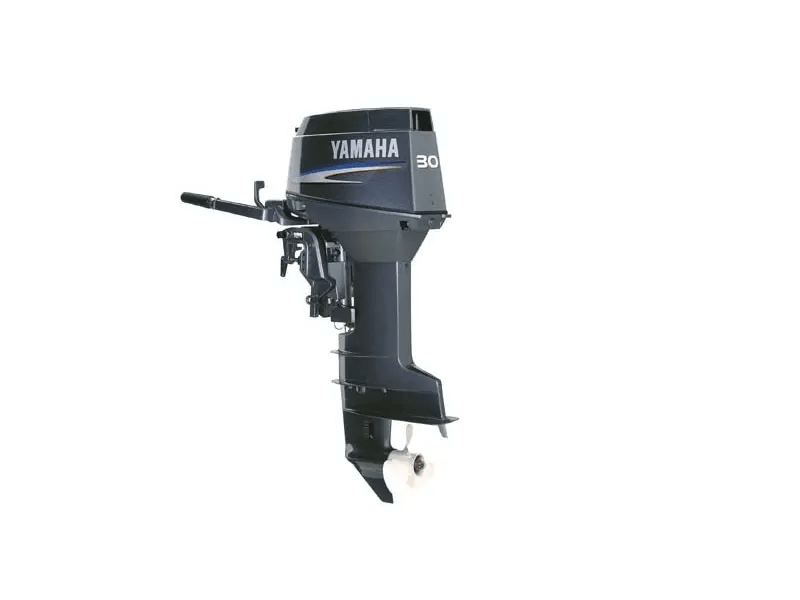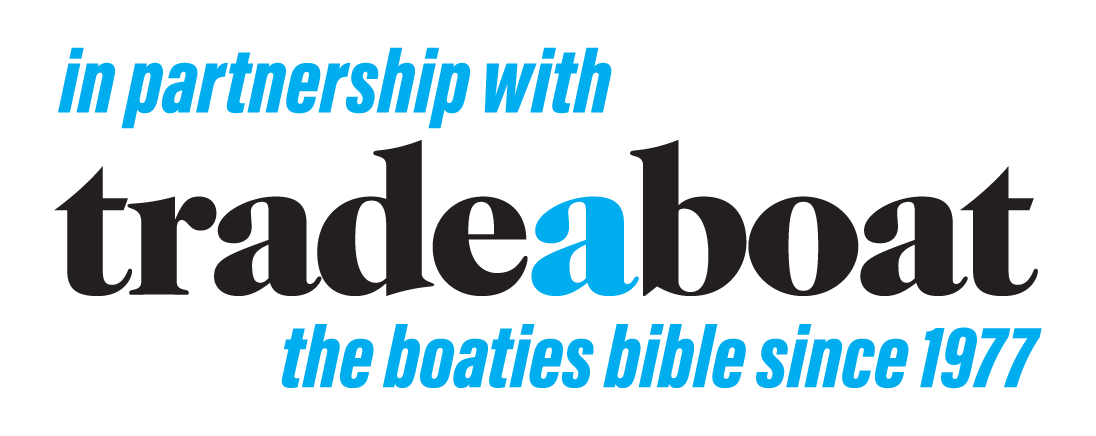
Yamaha 30D Outboard Motor Review
In 1986, Yamaha released the world’s first three-cylinder 30hp two-stroke outboard motor. This followed the success of its more powerful three-cylinder engines, starting with the 75hp introduced to Australia in late 1982.
Known as the 30D, Yamaha’s new 496cc 30 had features such as a three-carbie loop-charged powerhead and variable-ratio oil injection, yet at 61kg for the manual-start longshaft version, it was only 17 per cent heavier than the popular twin-cylinder cross-flow 521cc Johnson 30, which weighed 52kg. The Yamaha 30D developed 29.6hp at 5000rpm, while the Johnson developed 30.0hp at 5500rpm.
Design, Oil Injection, and Starting Performance
As with the Yamaha 40V released a year earlier, the Yamaha 30D used exhaust gases from one cylinder to scavenge the next, making it far more fuel-efficient than a big twin. It also had “Precision Blend” oil injection, where the oil was injected at the reed valves, with a fuel/oil ratio varied from 80:1 at WOT (wide open throttle) way down to 200:1 when trolling.
The only competition to the Yamaha 30D has been the oil-injected Suzuki three-cylinder DT30C outboard, an innovative engine that idled on two cylinders. However, this engine was discontinued in the Aussie market when Suzuki Australia stopped local distribution of outboards in 1999. Before and since the Suzuki DT30C, the Yamaha 30D has had the market all to itself.
Unfortunately, oil injection is only available in the electric-start version of the 30D (the 30DETOL), which also has power trim and tilt. Manual-start versions have a fixed 100:1 fuel/oil premix after the initial 10-hour break-in period on a ratio of 25:1.
The larger three-cylinder Yamaha engines have cold-start fuel primer systems, but the Yamaha 30D has a manual choke. In any case, because of the inherent balance of this engine, it’s remarkably easy to start.
Why the Yamaha 30D Still Sets the Standard After Nearly 40 Years
Since 1986, I’ve used Yamaha 30D outboard engines. Although they’ve enjoyed modifications and improvements over the years, they have remained the benchmark in this class.
I recall one instance where I was powered by a 30D aboard a 7m Yamaha 23 workboat — a boat that planned easily with three guys aboard. In another instance, which I’ll detail here, I was on a 4.5m Sea-Al Seaman aluminium dinghy, which was a perfect match for saltwater angling.
After carefully running in the Seaman’s new engine for 10 hours, it was subjected to extensive testing over a three-month period. Particularly impressive was the remarkably low level of vibration exhibited by the engine when trolling at the minimum of 670rpm, although I have to say it was also quiet across the entire rev range and even at WOT — where the roar of carbide induction often creates quite a racket. Through tight figure-of-eight turns at 4000rpm, there was no hint of prop ventilation, despite the Seaman’s long keel. There’s no doubting the fact that Yamaha makes excellent alloy props!
For the performance trials, the Seaman was loaded with two adults and a fishing tackle, bringing the total displacement to 460kg. Cold starting required a firm two-handed pull, while only one hand was needed when the engine was hot. Only when running on the break-in mix did the engine blow any oil smoke, and even then, this only occurred when the engine was cold. The upfront gearshift was easy to use, and providing the anti-ventilation plate remained immersed, the power astern was good when operating on shallow-water drive, with no adverse effect on the engine’s cooling system.
The only real operating problem encountered during the loan period was a “flat spot” on the transition from the idle jet to the main carbide jets when the throttle was opened quickly. According to the owners of this engine, whom I’ve interviewed over the years, this has been a common problem, but it doesn’t occur when the throttle is opened gradually. No amount of tuning seems to resolve the issue, however.
The manual-start Yamaha 30D I borrowed had oil injection, but the 0.9lt under-cowl oil tank didn’t take up much space on the powerhead. Even with a starter motor fitted, the engine would still be easy to service. Whichever model is chosen, there’s easy access to the spark plugs and carbide/throttle linkages (the 30D has mechanical ignition timing advance).
Servicing and Maintenance
Yamaha recommends servicing the 30D every 100 running hours or annually after the first service at 20 hours.
Since its release, the 30D has developed a reputation for reliability and survival in salt water, particularly since Yamaha YDC30 alloy was introduced in the ’90s. It provides saltwater anglers with affordable, reasonably fuel-efficient, easily maintained, and smooth-running power, and because it’s unlikely that we’ll see outboard exhaust emissions laws introduced in Australia before 2015, the Yamaha 30D should be around for a good while yet.
Pricing
As of April 2011, a manual long-shaft Yamaha 30D costs $4385 RRP, while the electric-start version costs $6053 RRP. A spare alloy prop costs $176, and these engines are covered by a three-year warranty for recreational usage.
Yamaha 30D Performance
|
SPEED |
RPM |
ECONOMY |
|---|---|---|
|
2.3kts (4.3km/h) |
670rpm (trolling) |
1.1lt/h |
|
22.5kts (41.7km/h) |
4000rpm (cruising) |
6.9lt/h |
|
30.3kts (56.3km/h) |
5520rpm (WOT, two adults) |
13.3lt/h |
|
27.5kts (51km/h) |
5000rpm (WOT, three adults) |
13.5lt/h |
Ready to Set Sail?
Find your dream boat online at Only Boats! We have great deals on boats for sale including used boats and new boats. You can also check out our used boat buying guide.
If you're upgrading or planning to sell your boat, why not explore our expert guide on improving boat resale value? If you're planning to attend a boat show soon, we've also put together a detailed boat show buying guide that's perfect for first-time buyers.
Smooth sailing starts with the right boat. We’re here to help you find it!
This article was written by the TrailerBoat Editorial Team and previously appeared at TradeaBoat.com.au, now powered by Only Boats.
Getting boat finance sorted shouldn't be the hard part of boat ownership. Credit One has helped thousands of Australians get on the water, earning a reputation as Australia's best-reviewed finance broker with 3,000+ glowing Google reviews to show for it. See what customers have experienced by reading their Credit One reviews, or use the loan repayment calculator to work through your options.
